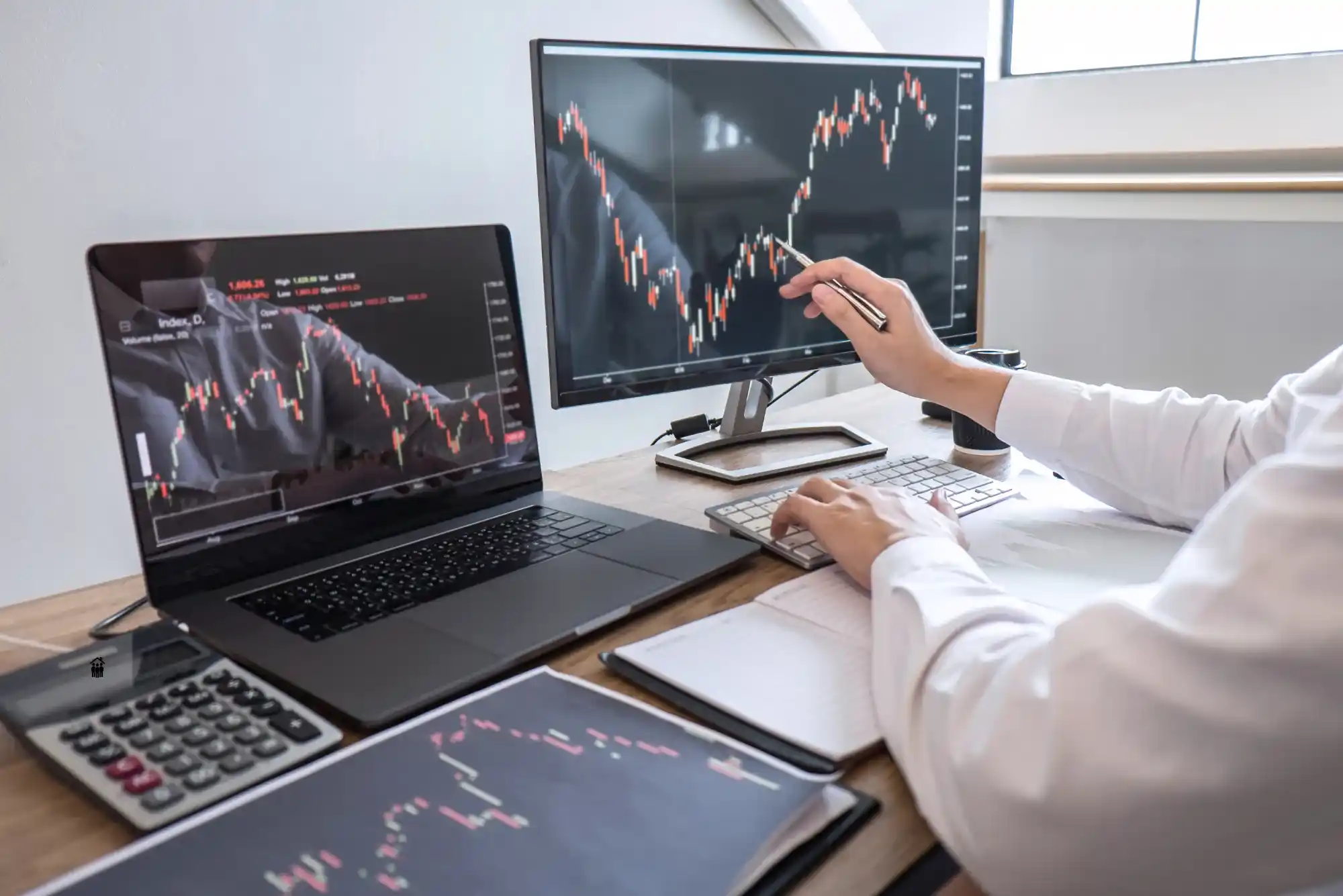

Investors in the UAE are exploring more flexible and efficient ways to grow their portfolios. One area
that’s gained significant traction is CFD trading , offering a modern alternative to traditional
investment methods. But how does it really compare to buying stocks or other long-term assets the
conventional way?
Whether you're already active in the markets or looking for a smarter, more agile approach to
trading, understanding the difference between CFDs and traditional trading is essential.
CFD stands for Contract for Difference. In simple terms, CFD trading allows you to speculate on the
price movements of assets such as stocks, gold, oil, or currencies without actually owning them.
You’re essentially making a contract with a broker: if the price moves in your favour, you earn the
difference; if not, you cover the loss.
The appeal lies in its flexibility. You can trade up or down (long or short), use leverage, and access
global markets all from a single platform.
Traditional trading typically means buying and holding real assets like stocks, mutual funds, or
bonds. For example, when you buy shares of a company on the Dubai Financial Market or the New
York Stock Exchange, you own part of that business. If the share price goes up—or the company pays
a dividend—you benefit directly.
This approach is often associated with long-term wealth building and is well-suited for conservative
strategies. However, it can lack the speed, access, and flexibility that modern markets often demand.
Here’s a breakdown of how CFD trading compares to traditional investing:
Traditional: Market hours apply (e.g., 9:30 AM to 4 PM for most stock exchanges).
CFD: Many instruments are available almost 24/5, giving more flexibility.
There are several reasons UAE-based investors are increasingly using CFD trading to complement or
replace traditional strategies:
✦ Global Reach
From the UAE, you can now access international markets—London, New York, Tokyo—with ease. A
single CFD app lets you tap into global trends without the hassle of multiple brokers or currency
conversions.
✦ Agility and Speed
CFD trading fits the lifestyle of those who want control and instant action. Whether it’s reacting to
market news or hedging a position, CFDs offer faster execution compared to waiting on market
openings or clearing times.
Most CFD platforms include built-in tools such as stop-loss, take-profit, and margin alerts. These
features help manage exposure, especially when using leverage.
✦ Diversification
In today’s unpredictable climate, holding just one type of asset isn’t enough. CFDs allow you to
diversify quickly—trade oil in the morning, a tech stock in the afternoon, and a currency pair by
night—all within one platform.
Risks to Consider
CFD trading is not without its risks. Because of leverage, small price movements can lead to
significant gains—or losses. It requires discipline, ongoing market awareness, and a well-thought-out
strategy.
While traditional investing can feel slower, it may offer more stability over time, especially when
backed by solid research and a long-term outlook. Ultimately, the best approach often includes a mix
of both.
Choosing the Right CFD App
Not all platforms are created equal. When choosing a CFD app, here are a few things to look for:
The choice between CFD trading and traditional investing doesn’t have to be either-or. Both
approaches serve different purposes.
Traditional investing is ideal for long-term value and building foundational wealth. On the other
hand, CFD trading offers speed, flexibility, and access to a wider range of markets suitable for those
who want more control and diversification in a fast-paced world.
With the right strategy and platform, UAE-based investors are in a strong position to take advantage
of both. Whether you're expanding your portfolio or exploring global opportunities, it's worth
understanding how each trading style fits your goals and how a CFD can put the world’s markets
in your hands.

A Look at Dubai Mall’s Most Talked-About Dining Spots in 2025

A Look at Dubai Mall’s Most Talked-About Dining Spots in 2025

The Confluence of Culinary Excellence and Casino Trends in the UAE


The Benefits of Hiring a Professional Clown for Children’s Parties


Near-Expiry Pantry & Sweets in Dubai: Big Savings on Everyday Essentials

كيف يمكنني اللعب في كازينو اون لاين بأمان؟

Ford Raptor 2025 in the UAE: Pricing, Power, and Desert Ready Capability

Behind Every Online Food Order in Dubai Is a Strong IT Support

A Look at Dubai Mall’s Most Talked-About Dining Spots in 2025

A Look at Dubai Mall’s Most Talked-About Dining Spots in 2025

The Confluence of Culinary Excellence and Casino Trends in the UAE